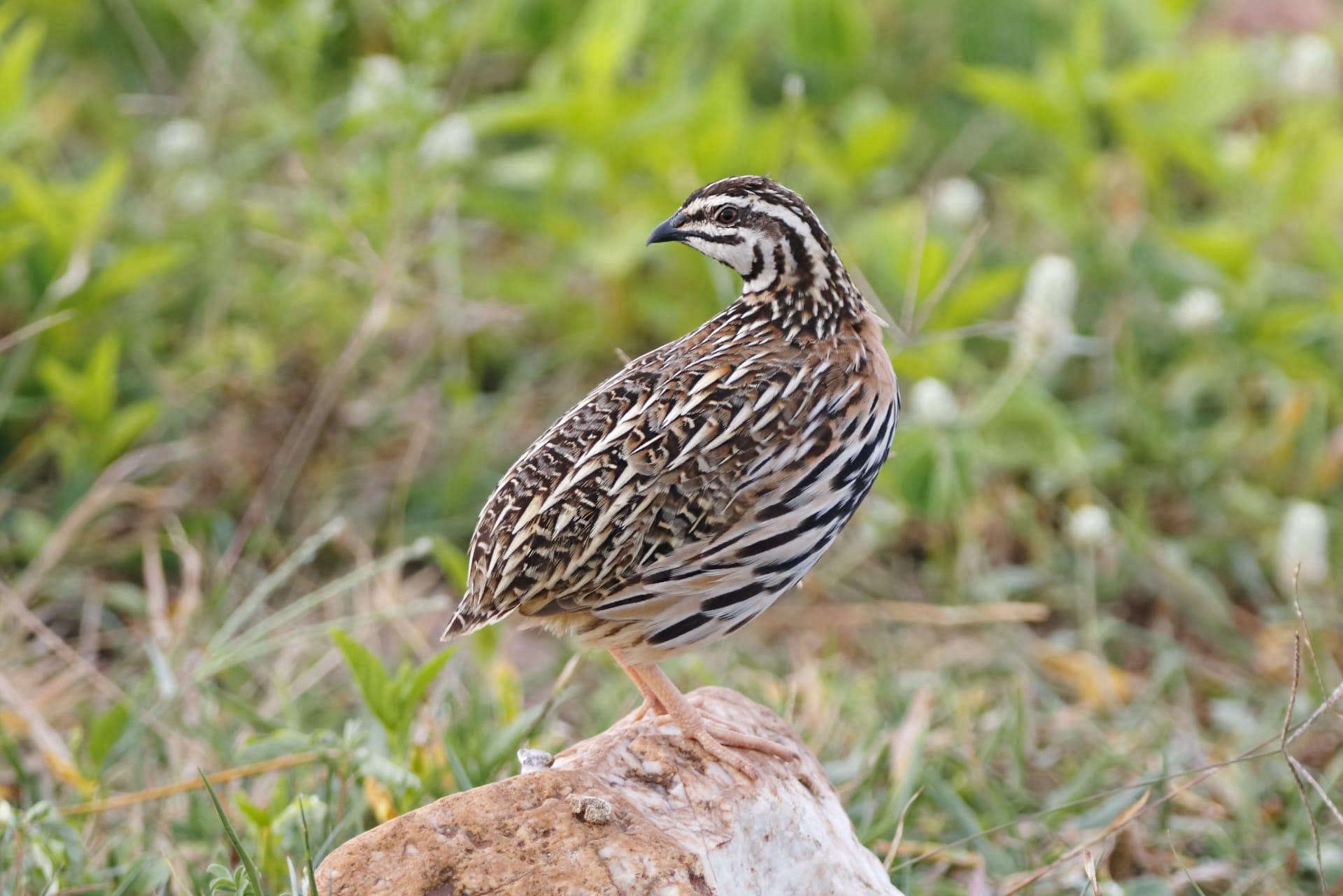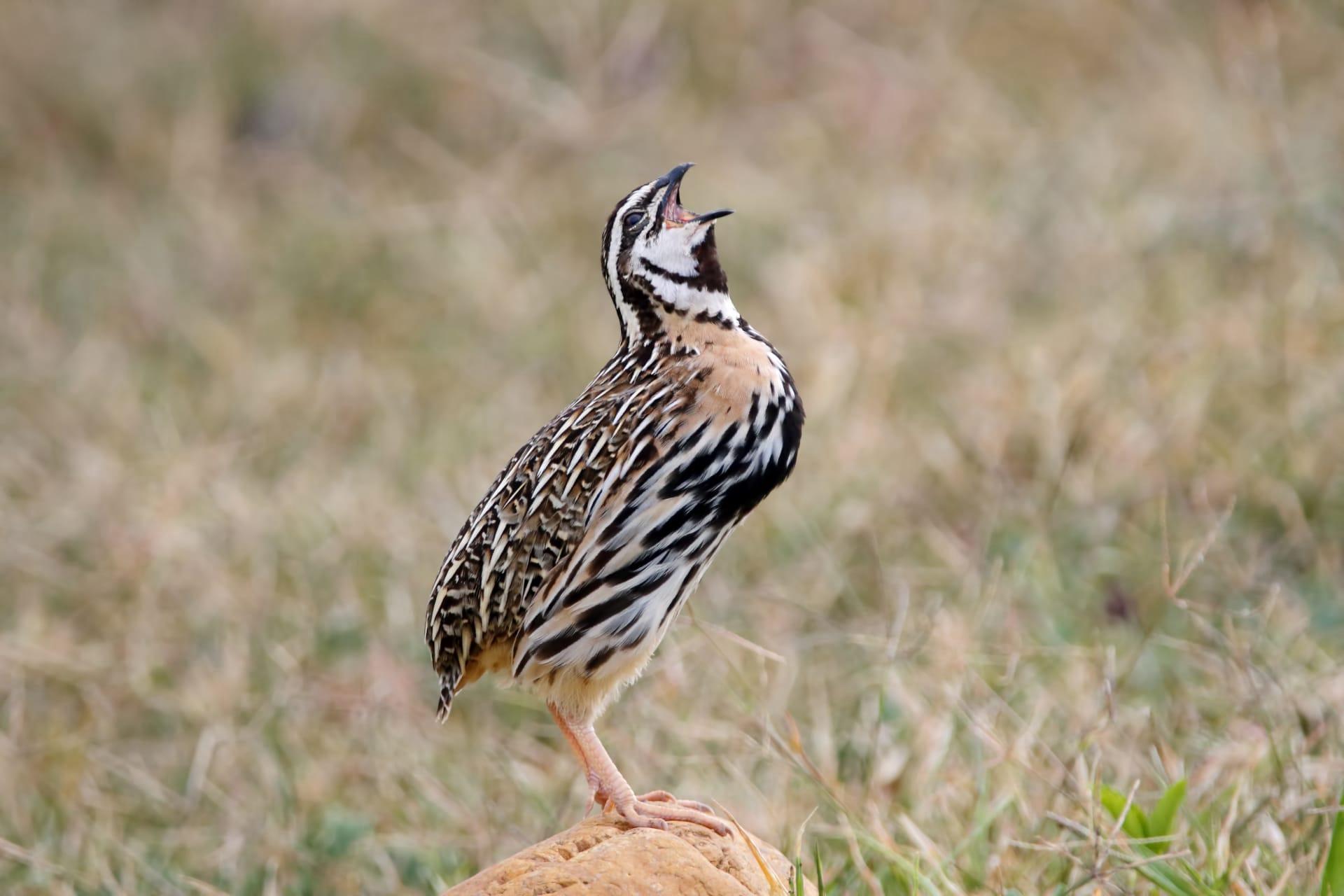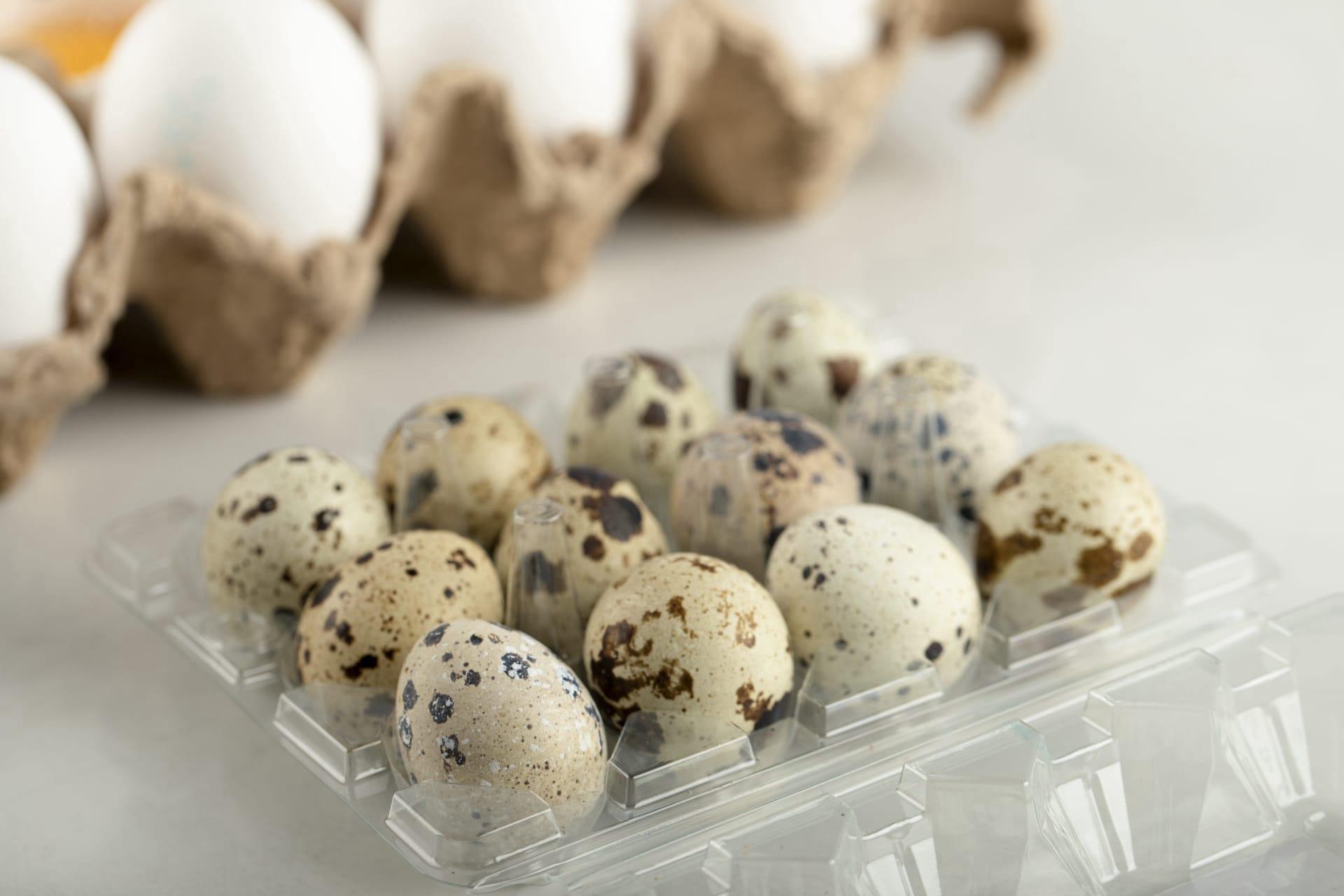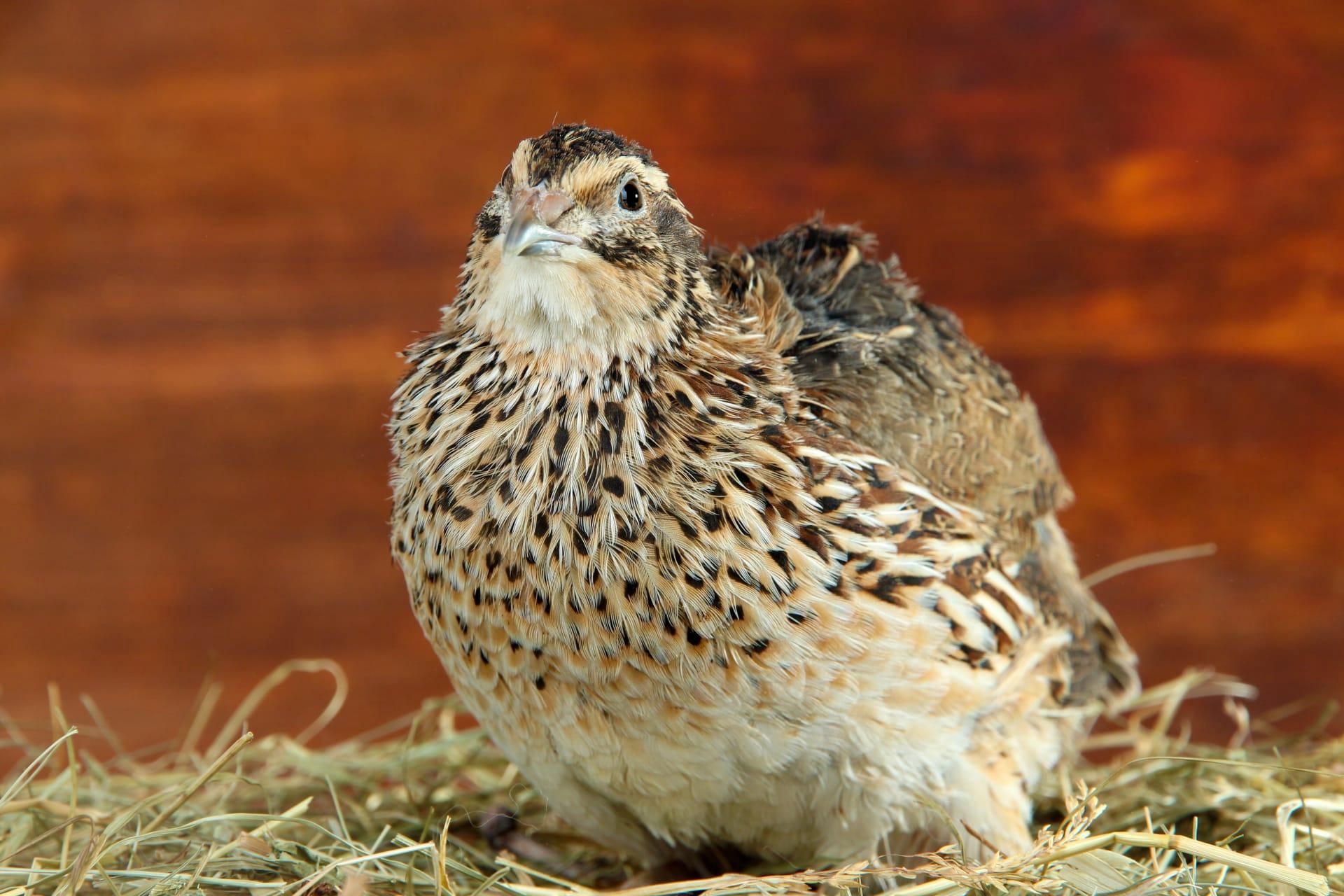Quail Characteristics
- Home /
- Mini Encyclopedia /
- Animal /
- Quail Characteristics
1
Quails, these small, plump birds, are quite the marvel in the bird kingdom. Typically, a quail measures about 4.5 to 7.8 inches in length and weighs around 2.4 to 4.9 ounces. Their size can be compared to that of a teacup, making them one of the smaller bird species. Their lifespan in the wild is relatively short, averaging around 2 to 3 years, though in captivity they can live up to 5 years with proper care.
The most fascinating organ in a quail is its vocal organ, or syrinx. This structure is uniquely adapted for intricate calls and songs. Located at the base of a quail's trachea, the syrinx is capable of producing a variety of sounds, crucial for communication. These sounds range from soft, single-note calls to complex, multi-note melodies. The variation in their calls helps them in mating, establishing territories, and warning against predators.

2
Question: What do quails eat?
Answer: Quails are omnivores with a diet that varies seasonally. In the wild, they primarily feast on seeds, grains, and insects like beetles and caterpillars. During the spring and summer, when insects are plentiful, they make up a larger portion of their diet. This dietary diversity is essential for their nutritional needs, providing proteins from insects and carbohydrates from seeds and grains.

3
Quails are known for their ground-dwelling habits. Unlike many birds, they prefer walking or running, which they do quite swiftly, rather than flying. They can sprint up to 12 miles per hour to escape predators. However, when necessary, quails can burst into short, rapid flights, typically flying just a few feet above the ground and covering short distances.
In terms of hunting, quails use their keen sense of sight and sound to locate food. They forage in groups, scratching and pecking at the ground to uncover seeds and insects. Their feeding routine is a mix of active searching and opportunistic eating, making them versatile foragers in various environments.

4
Quails inhabit a range of environments, from forests and woodlands to grasslands and agricultural fields. They are adaptable birds, thriving in areas that provide adequate cover and food. This adaptability allows them to survive in a variety of climates and regions, from North America to parts of Europe and Asia.
Reproduction is a significant part of a quail's life. They are ground-nesters, with females laying 5 to 12 eggs in a well-concealed nest. These eggs hatch after about 23 days. Quails are known for their precocial young, meaning the chicks are relatively mature and mobile from the moment of hatching. They leave the nest within hours of birth to follow their mother and learn to forage.

5
Book: "Quailology: The Study of Quail," written by John H. Thompson in 1995, provides an in-depth look into the lives of different quail species around the world. Thompson, an American ornithologist, combines years of field research with engaging narratives, offering insights into their behavior, habitats, and survival strategies. The book is acclaimed for making scientific research accessible to general readers.
Book: In "The Secret Lives of Quails," authored by British biologist Sarah E. Greene in 2003, readers are taken on a journey through the delicate world of quails. Greene's work focuses on the social structures, mating rituals, and environmental impacts on quail populations. Her writing style is both informative and captivating, bringing to light the complexities of these small but fascinating birds.